Unleashing the power of Mobile Gaming in India
There are 250+ million mobile gamers in India and growing, according to Nielsen and Kantar IMRB Pokkt report, taking India to among the top 5 gaming countries globally. A sharp increase has been seen in revenues generated through mobile games, which are projected to escalate to the tune of $934 million in 2022.
According to MMA, mobile gaming app consumer spend is expected to reach $1 billion by 2020. Mobile gaming in India is dominated by freemium games. 2016 saw a 200 per cent increase in gaming app revenue, which is projected to grow at a CAGR of 87 per cent till 2020, crossing the $ 1 billion mark.
With such positive prognosis for mobile gaming, the interest of brands and marketers in this space is growing. Akhil Almeida, VP – Digital, Kantar Media, and Vaibhav Odhekar, Co-Founder & COO, POKKT Video Ads, brought to the fore ‘The Power of Mobile Gaming in India’ in their discussions at the inaugural edition of The Mobile Media Summit.
Taking stock of the growth seen, Akhil Almeida mentioned how gaming has changed in the last 10 years and how mobile has lured people to take up gaming as a source of entertainment.
Quoting industry reports, Almeida the increase in the number of smartphones has contributed to the growth of gaming in India and added that average time spent on mobile games daily is more than 60 minutes.
“Gaming has become an entertainment source for people to seek over the media today. There has been an exponential growth in the industry of games and it is likely to continue for the next five more years,” he added.
“There are multiple screens today that give access to gaming, which makes it a bigger platform for the creators,” noted POKKT’s Vaibhav Odhekar. From a marketing point of view, it becomes important for brands to influence people into various types of gaming so that they become close to the brand, he added.
Odhekar further said that the profile of a gamer has also widened today. “When we think about a gamer, we usually picture someone who is young, tech-savvy and predominantly male. But this profile has changed today with people from all age groups indulging in mobile games, as well as a growing percentage of women, including mothers and grandmothers engaged in gaming.
When it comes to gaming, on an average the audience engages a minimum of 2 to 3 times a day, while for avid gamers it is even 5 to 6 times a day. “You won’t find such engagement even in OTT platforms. That’s the kind of attraction people have towards games,” Odhekar said.
He noted, “The time being spent on gaming is 30-40 per cent more than that being spent on any OTT platform. As we become more dependent on our mobiles for everything, the ability of mobile to support gaming makes it more selective.”
According to Odhekar, there isn’t much of a difference between metro and non-metro audience when it comes to gaming.
“Gaming is done when people are in their ‘me time’ and that’s when they are focused to one particular kind of information for themselves. This can be compared to people using Whatsapp which is a way for intense and much more information dealing process. Similarly, the time given to gaming is a dedicated time chosen by people.”
For advertisers, the good thing about the gaming environment has to do with the purpose that these advertisements serve. He pointed out that there is far more resistance amongst the younger audiences today towards ads on other platforms. “We ignore the ads on TV, but ads between games provide you a life or any rewards that are beneficial for you. Hence, there is a very clear incentive to watch the ad. This makes the brand achieve the desired attention from their audiences,” Odhekar added.
Citing some numbers he informed that only 10 per cent of the gaming audience skipped the ads. “This, when compared to other advertising mediums, is more as the views elsewhere are lesser in count,” he further pointed out.
Though free games have the highest approach from the audience, the TG that pays to play games can increase according to way the game is creating an impact on the audience.
According to Odhekar, advertisers need to keep four things in mind:
First one is in age of programmatic, how to be sure that the game ad is being displayed on a brand safe environment. There is less control over the planner and more control over the machine and Artificial Intelligence serving it. To publish a game, there are many checks required, such as the game, content, TG, etc. There are many surprises for a brand to put forth in a game.
Second is the policy of the applications. Google updates these policies and it becomes more stringent for the developers.
Third factor is the viewability of the audience to view the advertisement.
Fourth factor is engagement and the reach of it.
Odhekar concluded by saying that the key takeaway is that gaming is going mainstream and it is attracting a far wider range of audiences. The advertisements are taken as enablers in gaming, which makes it better for the brands to interact with the audiences.


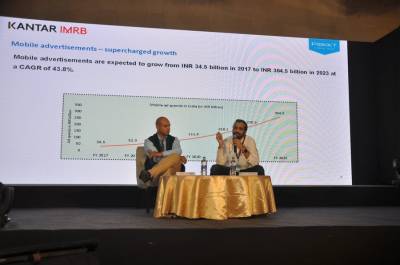





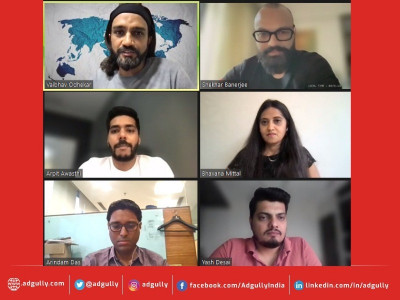
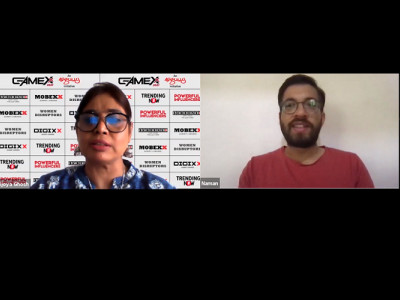

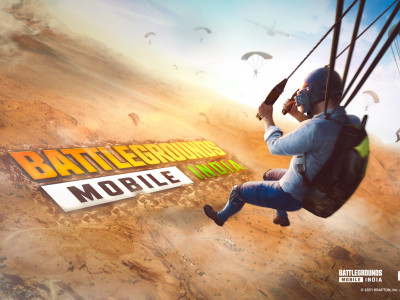

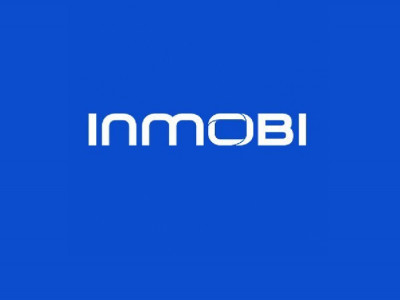


Share
Facebook
YouTube
Tweet
Twitter
LinkedIn